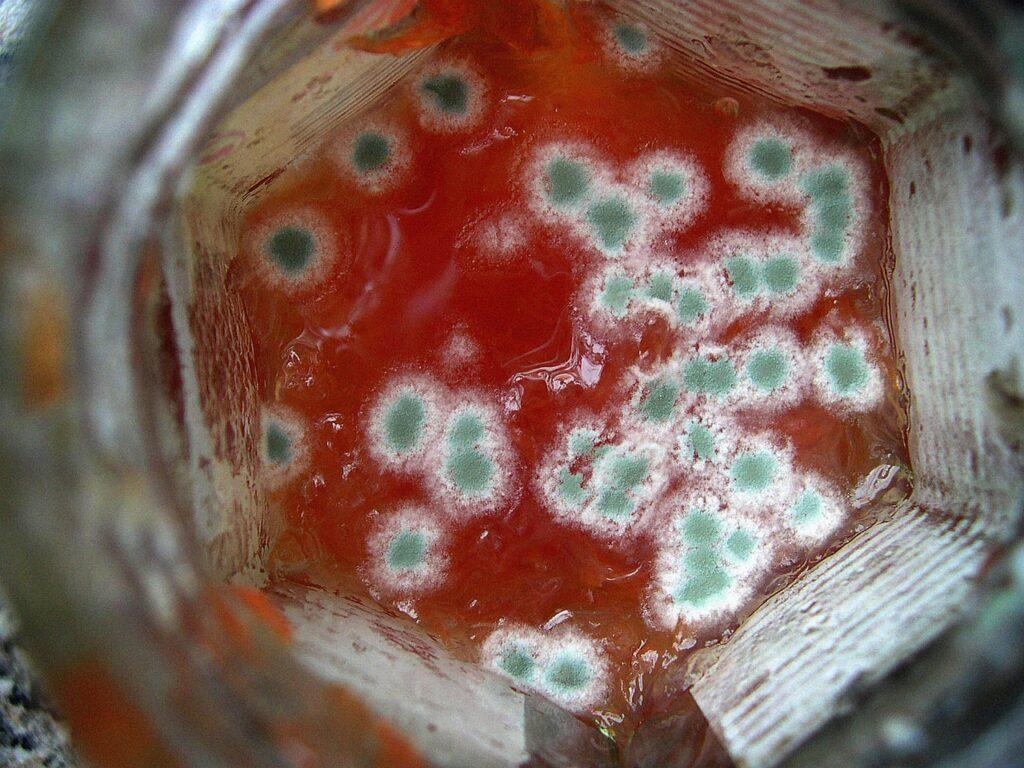How to Identify Mold Growth in Your Home

Mold can be a silent culprit that wreaks havoc on the health of your home and its occupants. Recognizing the early signs of mold in house is crucial to address and resolve the issue before it escalates. In this comprehensive guide, we will discuss the various mold in house symptoms, signs of mold in house, early signs of mold in house, and signs of sickness from mold in house. By understanding these indicators, you can take proactive measures to protect your home and family from the dangers of mold exposure.
Mold is a type of fungus that grows in damp, humid environments both indoors and outdoors. It thrives on organic materials, such as wood, paper, and textiles, and can cause significant damage to the structure of your home. When left unchecked, mold can also lead to various health issues, especially for those with allergies, asthma, or weakened immune systems.
Types of Mold Commonly Found Indoors
Some of the most common indoor molds are:
- Cladosporium: Brown, green, or black mold that can be found on wood, carpets, fabrics, and in heating and cooling ducts.
- Penicillium: Fuzzy, blue, green, or yellow mold often found under carpets, in basements, and in insulation, particularly after water damage.
- Aspergillus: Green, white, or gray mold with dark spots and a powdery appearance that can thrive in fabrics, walls, attics, basements, and on dry food items.
Mold in House Symptoms: How Mold Affects Health
Mold exposure can lead to a variety of symptoms, ranging from mild to severe, depending on the individual’s sensitivity and the type of mold present. Some common mold in house symptoms include:
- Stuffy nose and nasal congestion
- Eye irritation, redness, and itching
- Sneezing and coughing
- Sore throat
- Skin rash and irritation
- Headaches
- Lung irritation and wheezing
These symptoms can become more severe in people with pre-existing respiratory conditions, such as asthma, or those with compromised immune systems.
Early Signs of Mold in House: What to Look For
Detecting mold in its early stages is essential to prevent further growth and mitigate potential health risks. Here are some early signs of mold in house to watch for:
1. Musty Odors
A stale, musty odor is often the first sign of mold growth. This smell can intensify over time as the mold continues to spread. If you notice a persistent, unexplained odor in your home, it may be a sign of hidden mold.
2. Increased Allergy or Asthma Symptoms
Mold exposure can exacerbate allergy and asthma symptoms, such as sneezing, nasal congestion, coughing, wheezing, and shortness of breath. If you or a family member experiences worsening symptoms when indoors or in specific areas of your home, it may be an indicator of mold growth.
3. Chronic Fatigue and Headaches
Exposure to mold can also contribute to chronic fatigue, headaches, and other nonspecific symptoms associated with “sick building syndrome.” If you notice a pattern of feeling unwell after spending time in your home, consider the possibility of mold exposure.
4. Recent Water Damage or Moisture Issues
Water leaks, flooding, or high indoor humidity can create the ideal conditions for mold growth. If you have experienced any of these issues, be vigilant for signs of mold in your home.
5. Dark Stains on Walls or Ceilings
Mold can appear as dark-colored stains or patches on walls and ceilings. If you notice any discoloration, especially in areas prone to moisture, it may be an indication of mold growth.
6. Peeling Wallpaper or Paint
Peeling wallpaper or paint can be a sign of moisture problems and hidden mold growth. If you observe these issues in your home, it’s crucial to investigate further and address any underlying moisture issues.
Signs of Sickness from Mold in House: When to Seek Medical Attention
If you suspect that you or a family member is experiencing signs of sickness from mold, it’s essential to consult a healthcare professional for diagnosis and treatment. Some indications that you should seek medical attention include:
Persistent or worsening allergy or asthma symptoms
Difficulty breathing or chest tightness
Fever and shortness of breath (indicating a more severe mold-related infection)
Symptoms that improve when away from the home but worsen upon return
Unexplained fatigue, headaches, or other nonspecific symptoms that persist despite attempts to address potential mold issues
Preventing Mold Growth in Your Home
Preventing mold growth is an ongoing process that requires vigilance and regular home maintenance. Here are some tips to help keep your home mold-free:
Maintain proper humidity levels (between 30% and 50%) using dehumidifiers or air conditioners
Promptly fix water leaks, ensure proper ventilation, and address moisture issues
Regularly clean and inspect damp areas, such as basements and bathrooms
Avoid using carpets in moisture-prone rooms, such as bathrooms and laundry rooms
Use exhaust fans or open windows when cooking or showering to reduce humidity
By taking these steps, you can protect your home and family from the potential health risks associated with mold exposure. Stay vigilant for early signs of mold in your home, and address any issues promptly to maintain a healthy living environment.
